Featured Artist Interview: John Paul Morabito
John Paul Morabito is an interdisciplinary artist out of Chicago, IL. His woven textiles are intricate and thorough, and inspired by weaving’s ability to be a conceptual source, and strung through multiple mediums. Some of the mediums include performance, video, and sound. Many of his works aren’t distracted by colors, but instead their neutrality holds concise ideas and a meditative, and repetitive position. He was initially trained as a commercial textile artist, and served as a weaver at Suzanne Tick Inc. His exhibitions include Exhibitions include the Snyderman-Works Gallery in Philadelphia, PA; the Memorial Art Gallery in Rochester, NY; the River House Arts Gallery in Perrysburg, OH; the Pittsburgh Center for the Arts and the Society for Contemporary Craft in Pittsburgh, PA; the Rabbit Hole Studio Gallery in Brooklyn, NY; and the Local Lore Museum in Kherson, Ukraine. Publications include Fiberarts Magazine and American Craft Magazine. He holds a BFA in Fiber from the Maryland Institute College of Art in Baltimore, MD and is an MFA candidate in the Department of Fiber and Material Studies at the School of the Art Institute of Chicago.
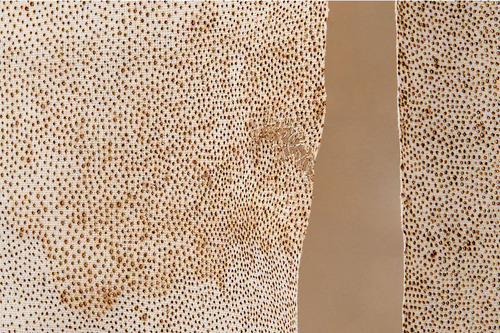
PB: What are the medium and materials you work with. What made you choose these mediums and materials?
JPM: Weaving is at the core of my practice. It either exists as a mode of material output or a conceptual source for performance, videos, or sonic compositions. Regardless of whether I am weaving or not, I am still making a textile. Time based media like video and sound directly correlate to the sedimentary build up of threads in woven cloth, only instead of threads I am usingvideo frames or sound waves - compositions are built line by line. In video the idiosyncratic motions of hand weaving can be presented together in multitude creating a digital textile twitching with the motions of it’s own production (and recalling the binary logic of the loom). I often present multiple audio recordings together as a means of suggesting the sonority of the factory. These material and immaterial modes of output provide a holistic experience of repetitive labor. At the core, I am focusing on cloth production as a means of extracting and making manifest the presence of touch in a mechanized and digitized landscape.
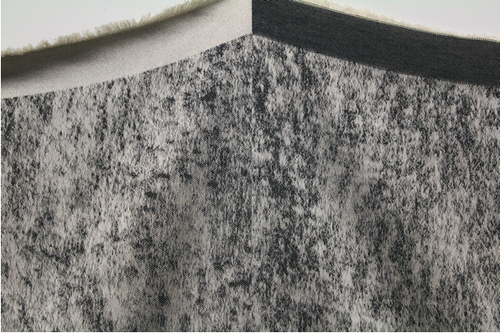
PB: How did you decide to be an artist? Were there any defining moments or experiences?
JPM: I actually don’t think about that too much, it’s so much a part of how I’m wired and I can’t imagine myself doing anything else. I have an almost compulsive need to be in the studio that continuously drives me on. It’s always been that way, not making art simply isn’t an option.

PB: Explain your concepts. What inspires them, and your work?
JPM: My work is drawn from two points, cloth production and the Catholic imagination. Regardless of the scale (industrial or individual), textile labor is absolutely repetitious in nature. Working with textiles has led me onto an exploration of the oxymoronic nature of repetition. Looking towards Deleuze, there are two modes of repetition, one that seeks to link together and grow and the other that seeks to erase and destroy. It builds and obliterates. I constantly employ repetitive labor and as such I am very interested in the state of mind caused by it, specifically repetitive physical labor. Repeating the same task over and over again allows me to think in ways that are only available then. It is a kind of thinking that is totally different from the critical distance of painting. There is a criticality to closeness that speaks of devotion and resists (or refuses) western art historical conventions (like two point perspective, for example). This is where my work is politically located. Participation is subverted or refused altogether. I employ this participatory refusal to questions of industrial production where I take a decidedly Catholic position within a Protestant system. The Catholic labor comes from devotion and is utterly inefficient as opposed to Protestant prosperity. At the same time the work confuses production with the divine salvation sought by the masochistic Catholic penitent. I offer (and seek) both and neither.
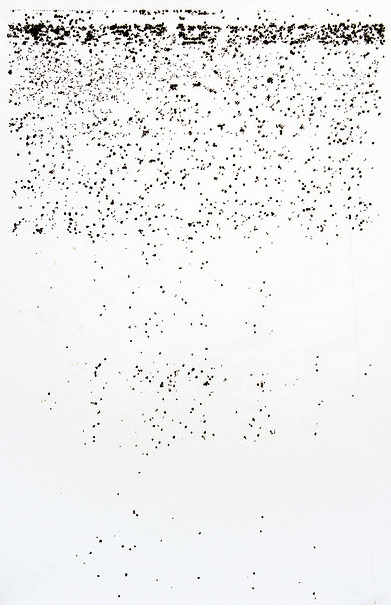
PB: Your weaving is very thorough. What is your process and the length of it?
JPM: The exact process and duration differs greatly from project to project, as I see these works as performances or as engaged with performativity. I am positioning weaving as a time-based medium that can be used to chronicle time or denote temporal distance. To speak of a specific project, I have been working on a series of woven timelines where I weave each day according to a set of conceptual rules (for instance I wove a different colored stripe for an hour each day in one project). The sedimentary build up of weft threads allows for the recording of time and for the recording of the motions of my body. Different sized/colored/patterned stripes emerge as records of each day. The differences found within the exact same task are the result of human idiosyncrasy. I am highly interested in revealing the imprecision of the human body, and these revelations come across most strongly within a mechanical system (like weaving). I am deeply devoted to craftsmanship, and constantly seek perfection (although I never quite get there). My failure at achieving this denotes humanity, and I use this logic in all areas of my production.
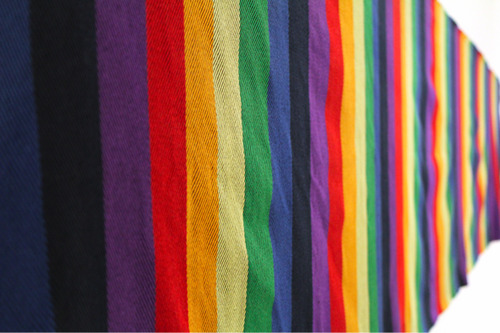
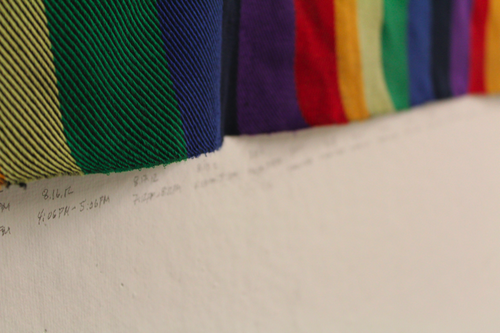
PB: What is your favorite thing about your practice? How has your lifestyle changed as your career progressed?
JPM: I’m addicted to the work. Even when I’m doing the same thing over and over again, day in and day out, there’s always something new to discover. New ideas unfold from old ones in a way that is sustainable and self-generative. I am happiest when my body knows exactly what to do so I can think freely. It’s about discovery through repetition and closeness. I’m at a point now where I’m very rooted in my practice. I work more than I used to but I think that’s natural. Dedication grows with time and experience.
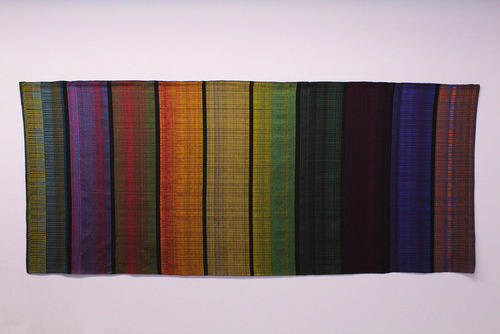
PB: What does your studio space look like?
JPM: It’s really, really clean. That’s usually the first thing people say when they walk into my studio. I really need organization in order to function and keeping the space free of clutter allows me to focus on what is happening in the work. The space I’m in right now has a full wall of large windows, which makes working long hours much easier. I have a loom that takes up a good amount of space and usually have current projects pinned up on the wall. And there are books, lots and lots of books.
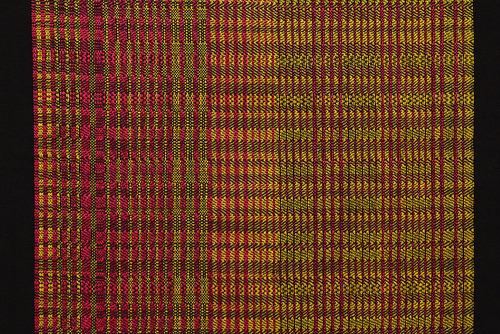
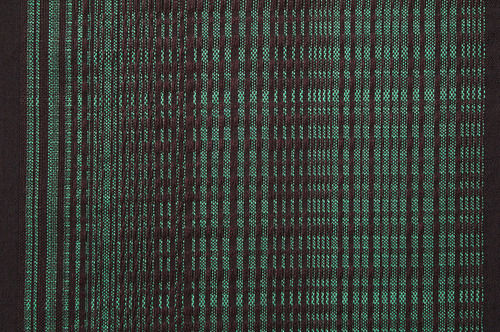
PB: How do you support yourself as an artist?
JPM: I’m in my last semester of graduate school, so that’s a question I’ve been asking myself a lot lately. Before graduate school I worked as a textile designer and pursued my own work whenever I could. I do a bit of textile consulting and teaching, but I’m in a position right now that allows me to pretty much focus fully on the work. I’m looking into some teaching opportunities and will likely continue doing some freelance textile work, but for now we’ll have to see what the future holds.
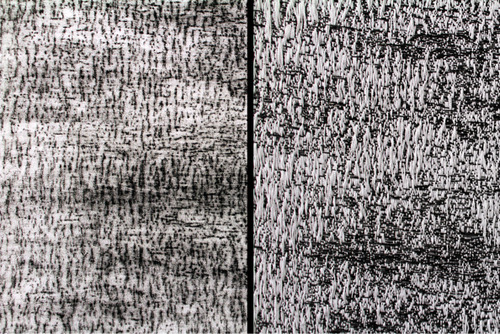
PB: Are there any other medium and/or materials that interest you? How do you see your career change in the future, or stay the same?
JPM: In my own practice, I’ve been working with sound and video alongside (or as) textile production. I’ve grown to be really technologically dependent and have become interested in digital media, particularly the interstices between digital and analog modalities. There’s been a lot of buzz in the air around community, socially-engaged practice, interactivity, and participatory projects. As of yet, I haven’t engaged this directly in my own work, but I’m definitely interested in it and the problems it poses. I draw on craft and industry a lot and could certainly see myself engaging with them in a more community-based way at some point in the future. Weaving will always be at the core of my practice, but it’s exciting to think about how that can be complicated. I’m open to change.
Oh Production, for Ever More Production from John Paul Morabito on Vimeo.
PB: Which artists currently inspire you? Who are some who have endured?
JPB: I’ve been thinking about Ann Hamilton a lot these days. Her work has haunted me ever since I was first introduced to it back in college but I’m finding a renewed sense of excitement about it. The blending of materiality and performance that she employs is deeply moving. She has a poetic sensibility that I look to. In looking at the work of artists around my age, there is a consistent merging of materiality and performativity. Ann Hamilton was really prolific during the early years of our training and I think her sensibilities have been ingrained in a lot of artists of my generation.
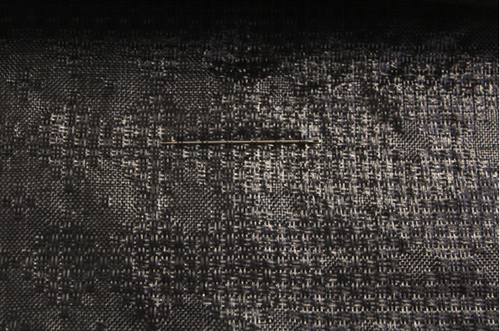
PB: What is a piece of advice you’ve received as an artist that you listened to, and has benefited you?
JPM: I have two pieces of advice that have been really important in growing my practice. The first, “Do something you don’t know how to do. Learn how to play again.” And the second, “Take all the old work off of the walls and put it a way. Stop living in the shadow of what you’ve already done.” In both cases it’s about letting go allowing yourself to move forward. I can’t think of anything more important for an artist.
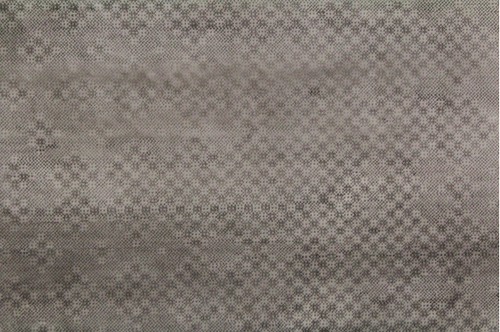
John Paul Morabito’s MFA thesis exhibition will open at the Sullivan Galleries in Chicago on April 12th. The exhibition will be up from April 13th through May 18th. He’ll present an installation of videos and hand woven textiles. He has a few things in the works for the summer, but nothing is set in stone, so stay tuned! Check out John’s website for videos and sound to accompany his intricate textiles.

